
|
Tartar in dogs isn't just a cosmetic problem. If left untreated, it can have serious health consequences —from gum disease to heart and kidney disease. A dog's diet plays a crucial role in the prevention and treatment of tartar in dogs. “According to a study by the American Veterinary Dental College, more than 80% of dogs over the age of three suffer from dental problems, including tartar.” |
Contents
What is tartar in dogs and why does it occur?
Tartar in dogs is hardened plaque that builds up on the dog's teeth. It consists of food debris , saliva , and bacteria . If this plaque is n't removed regularly , it calcifies and forms tartar. The result: gum inflammation (gingivitis), periodontitis , and, in the worst case , tooth loss if the entire periodontal ligament becomes inflamed.
Why tartar is problematic for dogs
Tartar in dogs is a precursor to more serious infections such as gingivitis or periodontitis . However, such infections in the mouth often do not occur in isolation. Researchers suspect that periodontal disease plays a central role in various systemic diseases and is linked to stress on vital organs .
A study of 136 dogs demonstrated a significant association between periodontitis and heart disease ( Pereira Dos Santos et al., 2019 ). Another study demonstrated that the risk of chronic kidney failure is significantly higher in dogs with periodontitis ( Glickman et al., 2011 ).
Tartar in dogs – who is affected?
Tartar in dogs affects almost every dog. Older dogs, in particular, are more likely to develop tartar depending on their dental care and diet. But smaller dogs are also more prone to tartar, as a study by Wallis & Holcombe (2020) shows.
How do I recognize tartar in my dog?
To prevent tartar buildup in your dog, you should regularly check their mouths. Tooth discoloration and plaque are often precursors to tartar and periodontal disease. Refusal of hard food, increased drooling , or bad breath can also indicate tartar and dental problems in your dog.
The connection between diet and tartar in dogs
Studies show that tartar formation can be inhibited equally through diet and chew snacks ( Allan et al., 2019 ).
1. Chews and tartar in dogs
Bone
Chewing bones is not only a natural activity for dogs, but also an excellent way to reduce plaque and tartar buildup. Chewing mechanically abrades plaque, which helps clean the teeth more effectively. Soft, spongy bones, such as the inside of long bones, are particularly recommended. These are gentler on the teeth and provide a thorough cleaning without the risk of tooth fracture.
In contrast, bones with a hard outer layer ( cortial bone ) can pose a potential threat to teeth. This hard structure increases the risk of teeth breaking or becoming damaged, which can lead to further dental problems. For this reason, cancellous bones are safer and more effective for dental care.
Buffalo skin and chewing strips as preventative dental care
In addition to bones, there are other chews that can contribute to dental health. Materials such as buffalo hide or chew strips have a similar preventative effect. These snacks also encourage chewing and act like a natural toothbrush , reducing plaque. The texture of these chews gently removes plaque , while chewing simultaneously strengthens the gums and keeps your dog occupied.
By regularly providing your dog with chew treats, you can not only promote dental health but also reduce the risk of dental disease and bad breath. However, as with anything, it's important to choose the right chew treat and ensure it contains a healthy mix to achieve the best dental care results.
2. Dry food and tartar in dogs
Compared to wet food, dry food offers advantages for a dog's dental health. According to a study by Oba et al. (2022), dry food is more effective at preventing tartar formation because it exerts a certain mechanical cleaning effect on the teeth. The hard structure of the food briquettes ensures that the dog has to chew more while eating, which reduces plaque and cleans the teeth. Of course, the effect depends heavily on the dog's individual eating behavior.
Especially food types with large, hard briquettes such as cold-pressed dog food or special dental food promote chewing activity and thus act like a natural toothbrush.
Another benefit of a high fiber content in the diet can be a brush-like effect on the teeth. The fiber helps remove plaque and tartar while promoting dental health. Many cold-pressed dog foods have a relatively high fiber content.
Overall, it's also very important to pay attention to the composition of dry food to ensure positive effects on dental health. In particular, carbohydrates and sugar should be identified.
A diet high in simple carbohydrates or sugar promotes the formation of plaque. These substrates provide ideal conditions for caries-causing bacteria. Therefore, when purchasing food, you should pay attention to a balanced composition that is neither excessively meaty nor excessively carbohydrate-rich. Dog owners should also be on the lookout for hidden sources of sugar in food , such as in low-quality food or dog biscuits . Hidden sources of sugar that promote tartar can include the following ingredients in food: corn syrup/ cornstarch , dried beet pulp , honey, rice syrup, fruit extracts, and barley malt extract.

3. BARF and tartar in dogs
Many BARF proponents report improved dental health through chewing on raw bones. Research shows mixed results. Van Veggel & Oxley (2018) show that BARFing has no positive effect on dental health. A study by Brown et al. (2003), however, shows that dogs fed a natural diet (including bones) have significantly less tartar than dogs fed a conventional diet. However, both point out that raw feeding carries risks such as bacterial contamination and the risk of injury. Chewing on very hard materials such as bones, antlers, or nylon bones can cause hairline cracks or even fractures in the teeth of dogs. The large canines in the upper jaw, which exert the greatest pressure during chewing, are particularly at risk. These so-called enamel cracks or microfractures occur when the hardness of the chew exceeds the resilience of the tooth enamel. Even if hairline cracks are initially barely visible, over time they can lead to painful inflammation of the tooth root, infections, or even the death of the dental nerve. In many cases, the affected tooth must be extracted or root canal treated later. Veterinary dental associations such as the American Veterinary Dental College (AVDC) therefore expressly advise against feeding extremely hard chews . As a rule of thumb: If you can't press the chew into the tooth with your fingernail , it's probably too hard for your dog's teeth.
Important ingredients to support dental health
Certain ingredients in food or dental care products can specifically promote a dog's dental health. These include enzymes such as glucose oxidase or lactoperoxidase, which have antibacterial effects and inhibit the growth of plaque bacteria . Polyphosphates (e.g. sodium tripolyphosphate) can bind calcium in the oral cavity and thereby reduce tartar formation. Zinc compounds , such as zinc ascorbate or zinc gluconate, have an anti-inflammatory effect in the gums and also reduce plaque. Chlorhexidine, a powerful antibacterial agent, is also used in dental gel or chew strips, but it should not be used long-term without consulting a veterinarian. In addition, plant extracts such as green tea or eucalyptus extracts can have plaque-inhibiting properties. An adequate supply of vitamins C and E also supports the gums and the immune system in the mouth .

The most effective method against tartar in dogs: brushing teeth
In dogs, the formation of tartar begins with the buildup of plaque —a bacterial biofilm on the teeth. If this isn't removed regularly, it can harden into tartar and lead to gingivitis ( inflammation of the gums ) or even periodontitis, which are painful and difficult to treat. Studies show that daily brushing is the most effective way to remove plaque and prevent the formation of tartar.
“A prospective, randomized trial found that daily brushing was more than three times more effective at controlling plaque than the administration of dental chews or special diet foods ( Allen et al., 2019) .”
How should you brush a dog's teeth?
- Use a special dog toothpaste : Human toothpaste contains ingredients like fluoride, which can be toxic to dogs. ( Veterinary Medicine at Illinois )
- Choose a suitable toothbrush : There are special dog toothbrushes with soft bristles or finger toothbrushes that are ideal for oral care. Children's toothbrushes can also work well.
- Practice brushing your teeth in small steps , ideally with medical training.

It is important to incorporate tooth brushing as a regular part of daily care to ensure your dog's long-term dental health .
💡Conclusion: Dental health begins in the bowl and ends with daily care
Proper nutrition and continuous dental care are key to preventing tartar in dogs.
A well-balanced dog food and regular soft chews can make a valuable contribution to dental health. For such a food to be effective, it must meet certain requirements: ideally, it should have a firm, fibrous consistency, a high fiber content , and avoid plaque-promoting ingredients such as excessive carbohydrates or sugar . Cold-pressed dog food is an alternative that meets these criteria. In addition, tartar in dogs can be best combated with regular brushing – ideally daily.

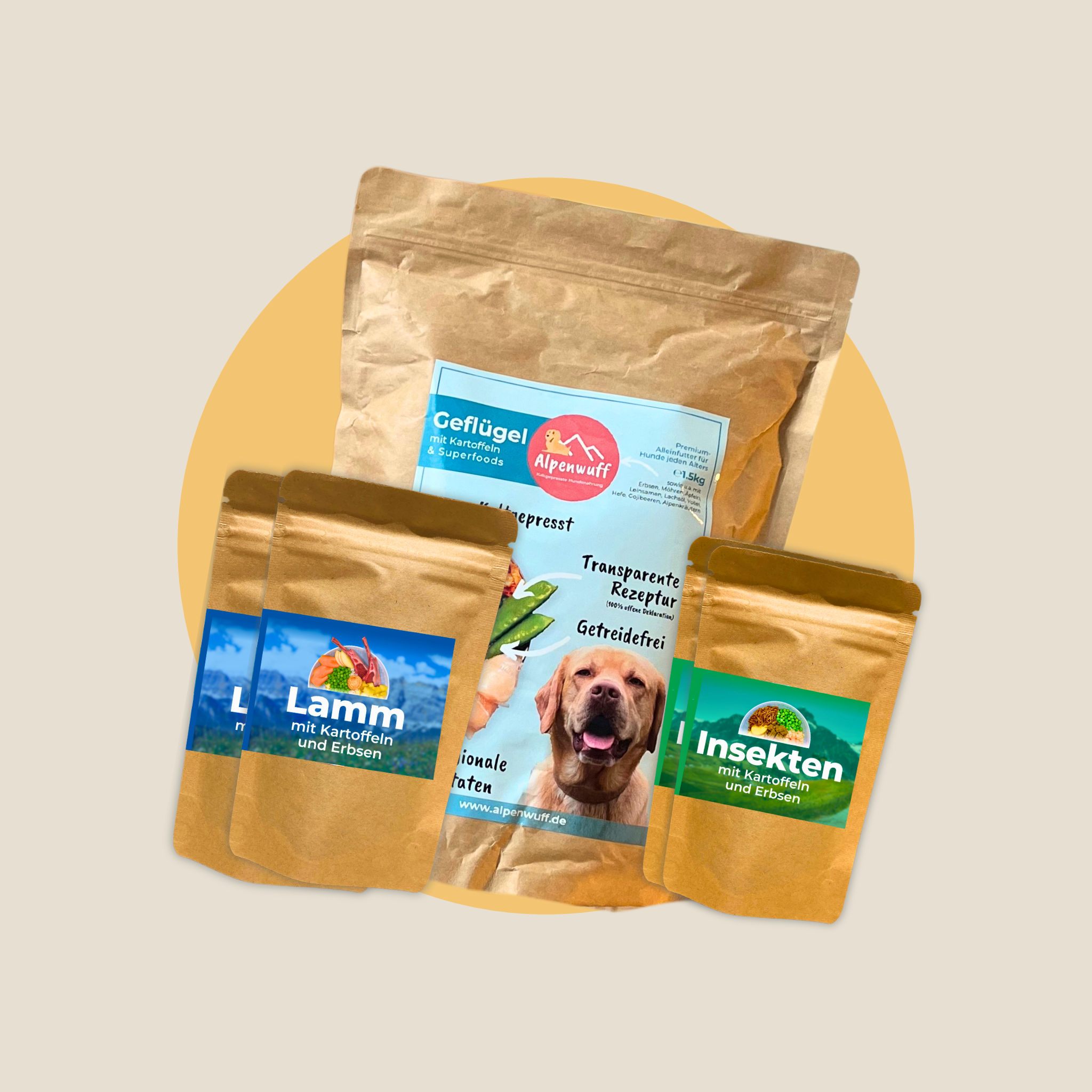
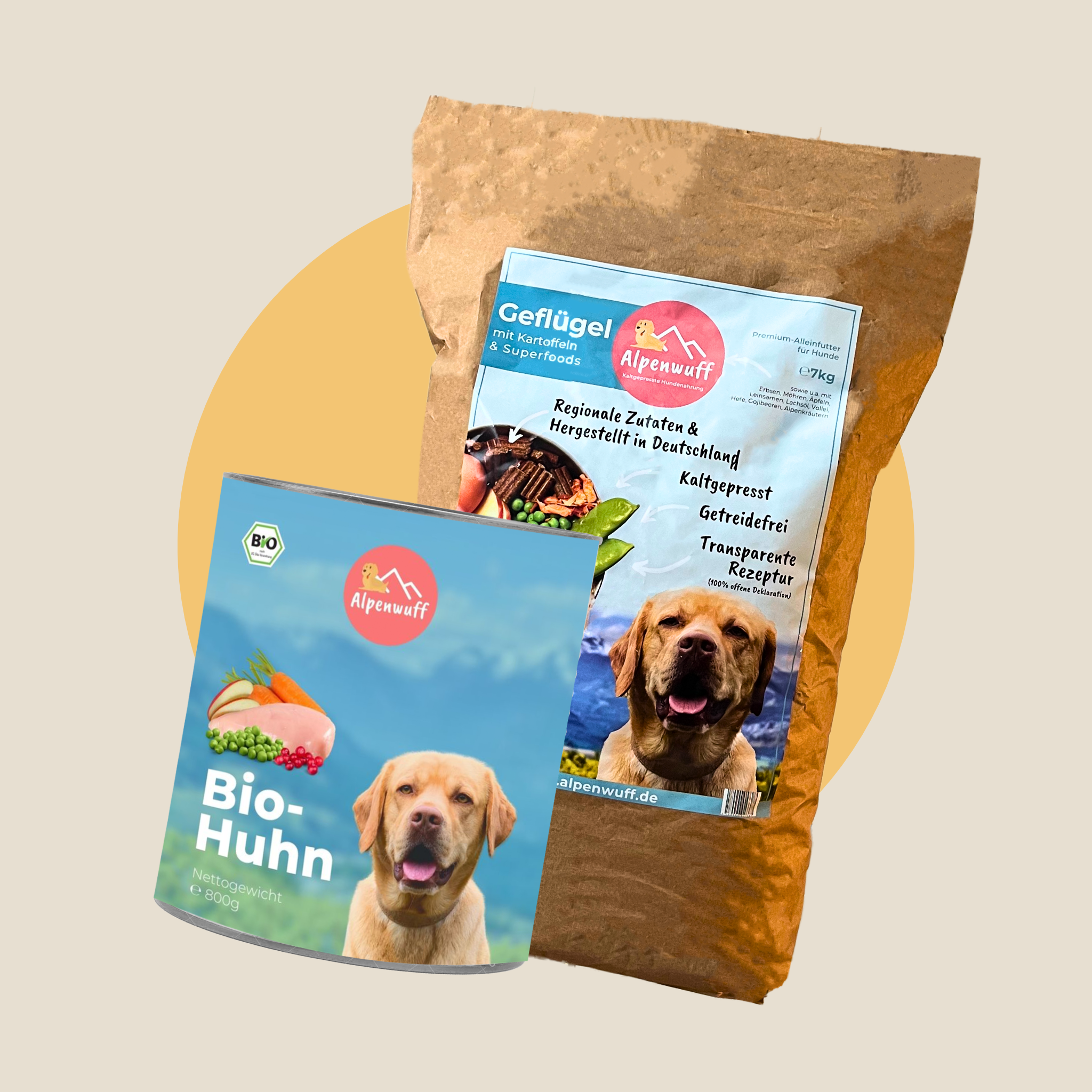
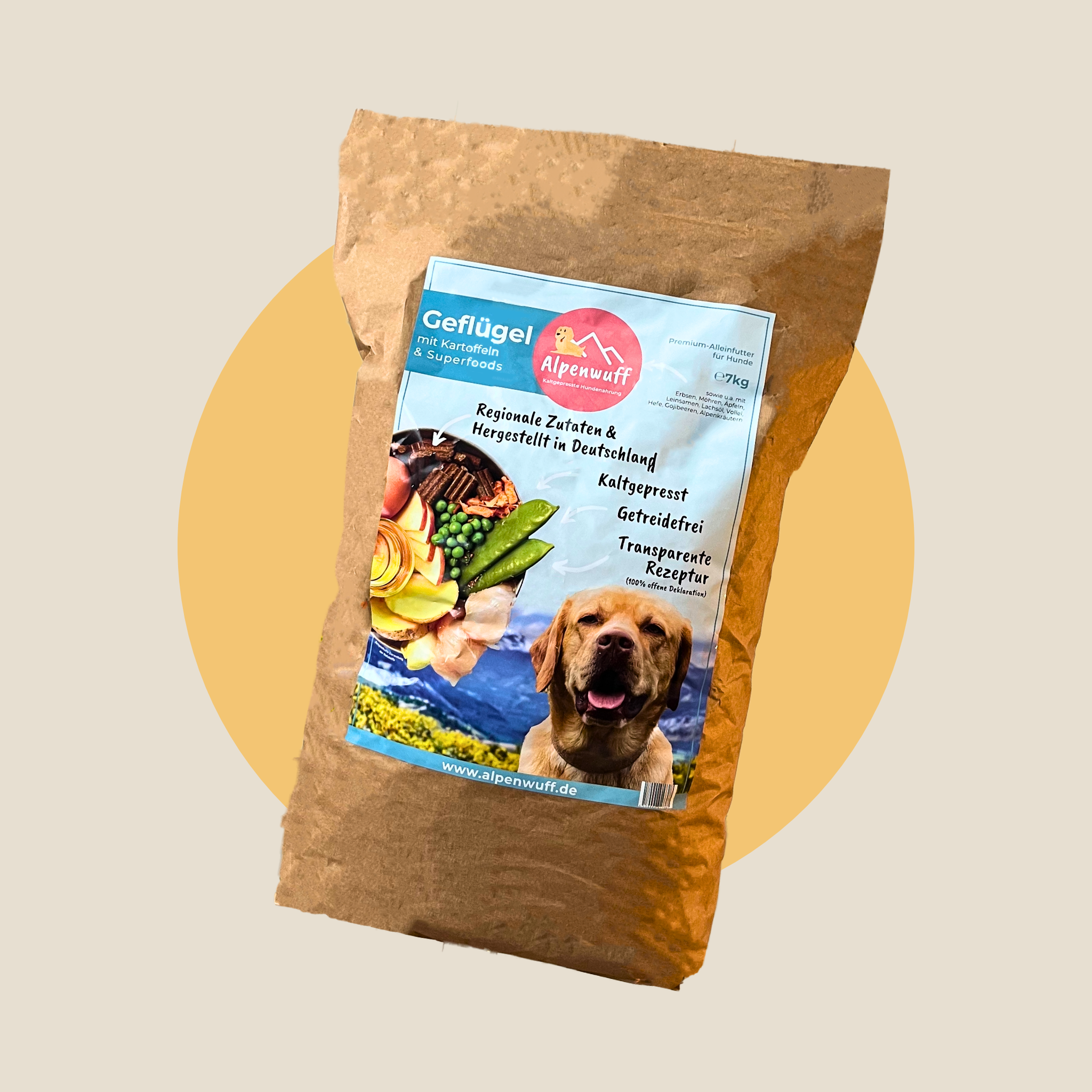
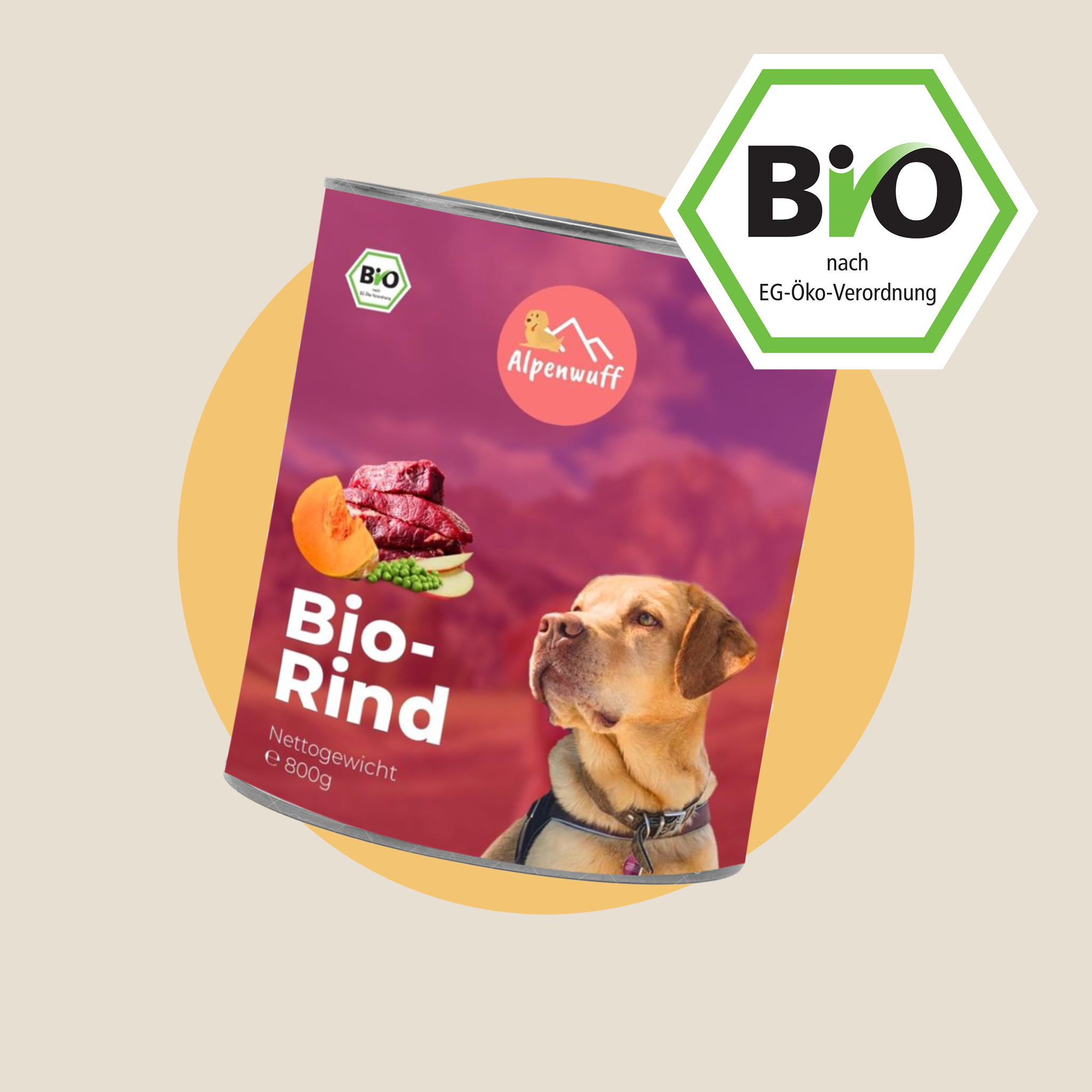
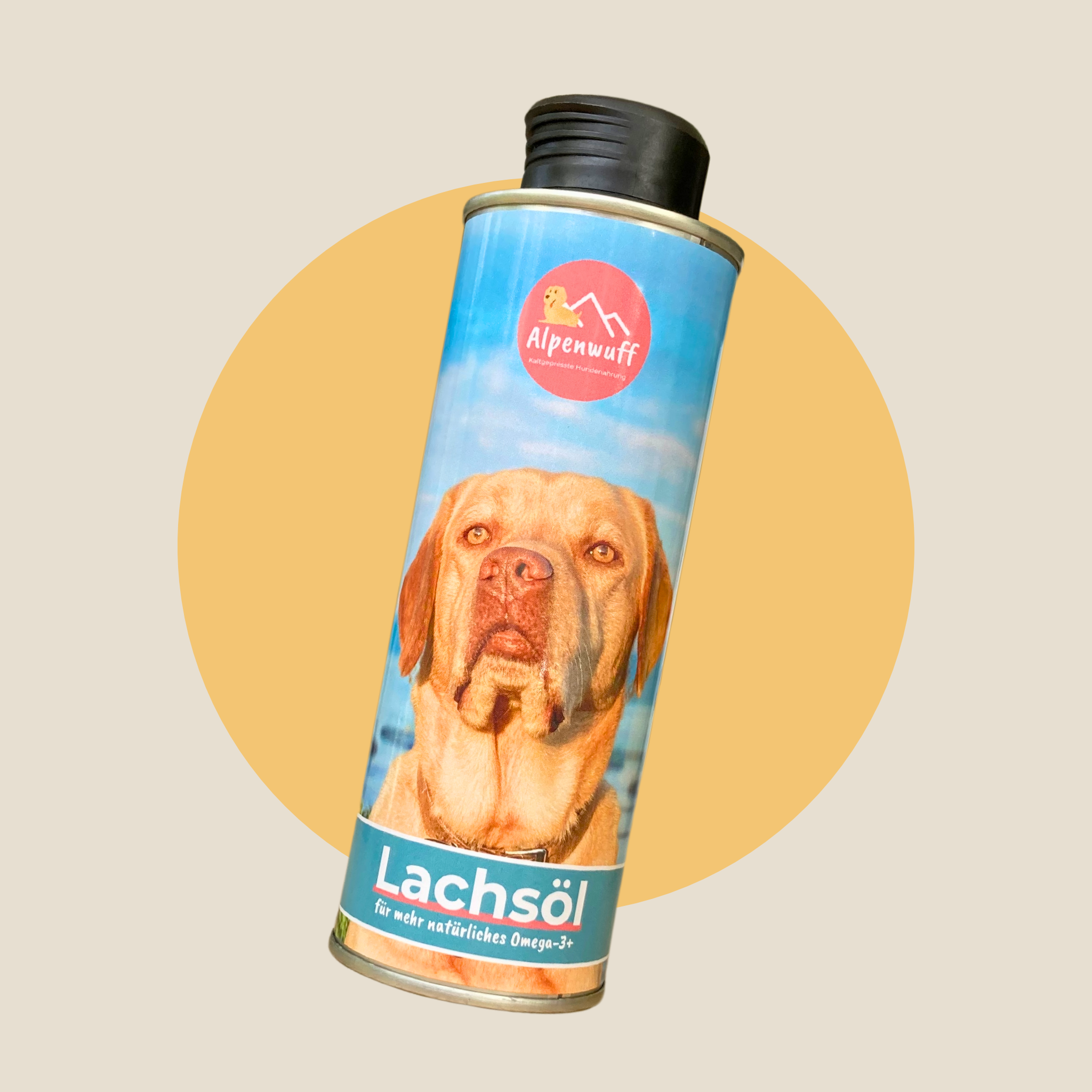
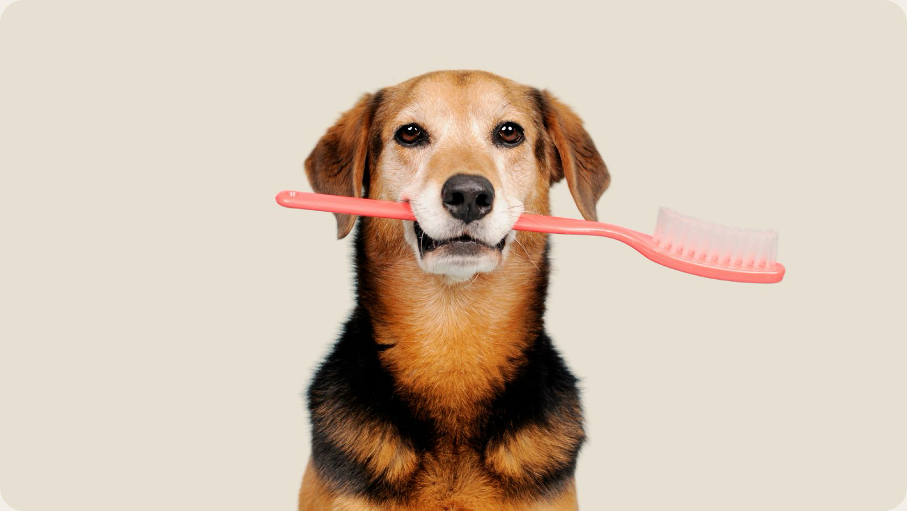


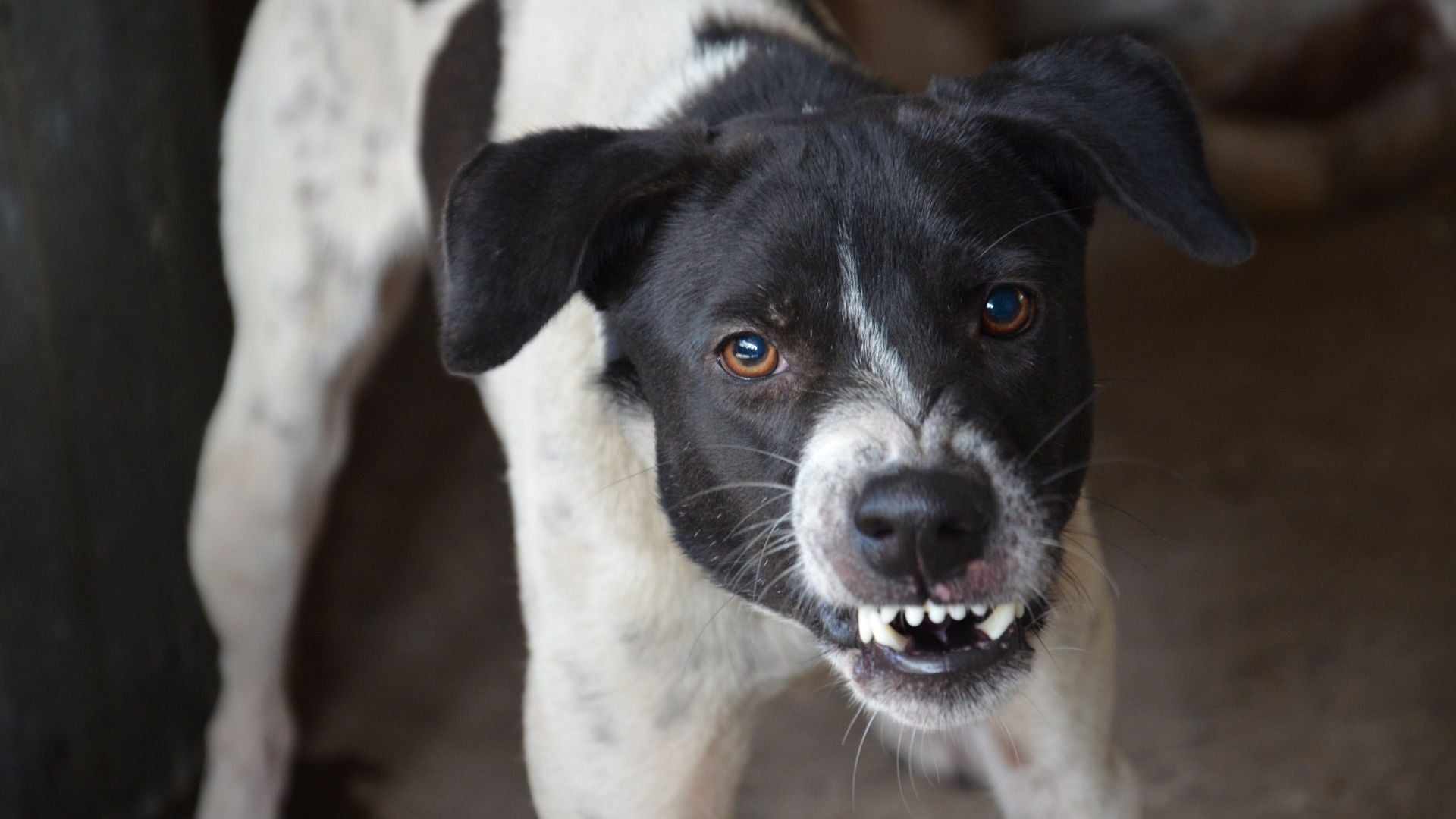
Leave a comment
All comments are moderated before being published.
This site is protected by hCaptcha and the hCaptcha Privacy Policy and Terms of Service apply.